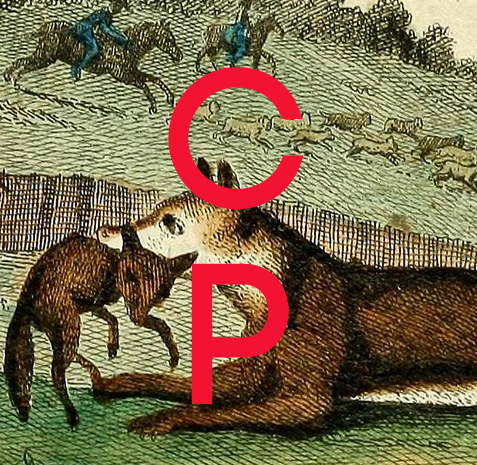HALF-LIFE — DINA L. RELLES
/After the kids crush the moth on our driveway, I can see its rich red underwings more clearly. My oldest flits off to destroy an ant hole along the street’s edge. My younger son and I stay and stare at the crunched wings and legs, what’s now just a shell of a thing.
The sky’s cadaver blue and you can hear the first cracks of thunder over the hills that taunt beyond our yard. We run inside ahead of the rain.
“I’m scared,” says the littlest, who sleeps on the floor, when the storm wakes him in the middle of the night.
I think, me too, but don’t say. I sit cross-legged beside him on the carpet, my fingernails, jagged stubs, stroking his soft, hairless back. I’m scared of rain we run from. Of storms that stay at our backs. Of empty nights that fall one into the next. Scared, not of the dying, but of living half a life.
A half-life, in nuclear physics, is the time it takes for something to reduce to half its original value.
That night, I dreamt in metaphor—a man I hardly knew placed his hands on my C-section scars. I woke and wrote in the morning: We used to chase fireflies in your front yard and now you call me ‘old friend.’
What I want to write is how it feels to be in the night air with someone who’s not mine. The suggestive way dew smells before sunrise. The thrill I get from driving too close to the median strip on Brookside Road.
Sometimes I’ll undress in front of the black window, lights on, and wonder if anyone’s watching.
It’s when isotopes become unstable that they begin to decay, emitting radiation in levels that could be harmful.
I took the express train all those years ago, after the boy in Brooklyn let me loose, watched the Raritan River pass through the plexiglass. I married the man under the mistletoe at the other end of the line. We moved out to the country. Bought a van. Sometimes we take a drive just to be anywhere other than where we’ve been.
Isotopes can lose enough of their atomic particles to turn from one element into another.
When I’m alone, I play radio music too loud and cry at the sight of cornfields and spend long afternoons on the blacktop with the children circling round.
The term half-life can also refer to any type of decay.
And now I see the kids have crushed—sneaker to asphalt—not a moth, but a spotted lanternfly. A parasite invading where we live, threatening the fruit trees and farms. One thing always gives way to another. Not everything goes on.
What I want to say is: I’m still alive.
Dina L. Relles lives and writes in rural Pennsylvania. Her work has appeared in The Atlantic, Atticus Review, Brevity’s Blog, matchbook, River Teeth, Rise Up Review, and Full Grown People, among others, and has been nominated for a Pushcart Prize. She is a blog editor at Proximity Magazine and slowly penning her first nonfiction collection. You can find her at www.dinarelles.com or @DinaLRelles.




